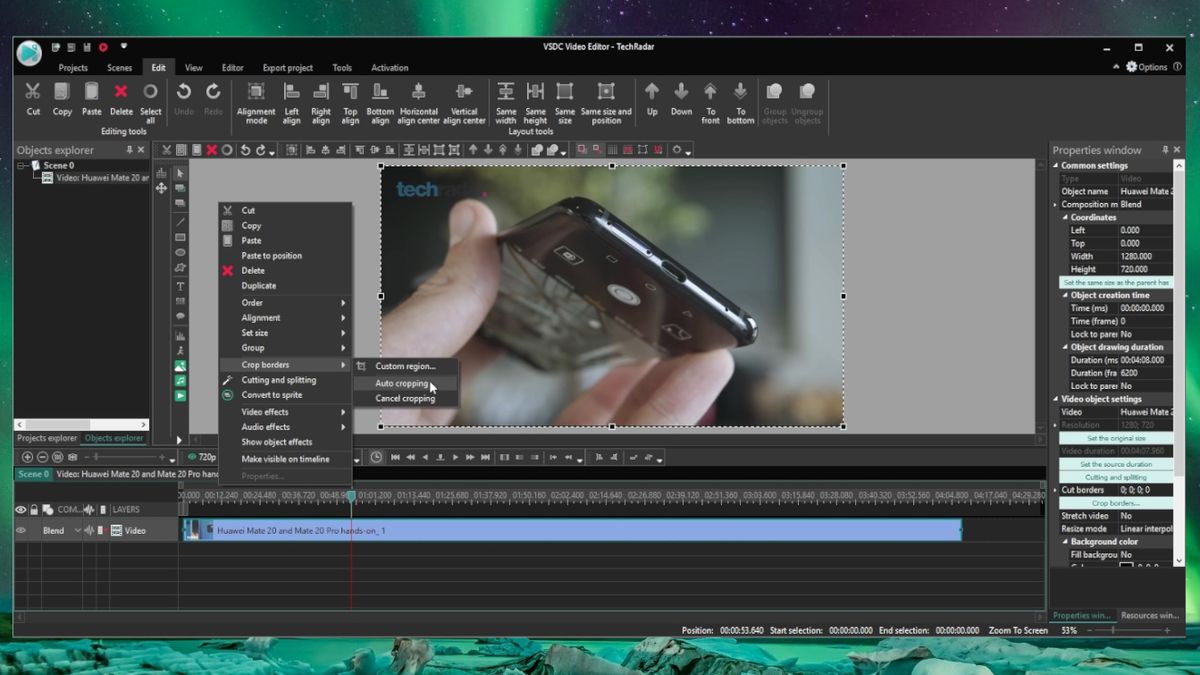

The current training approach to achieve the competences is through the traditional apprenticeship method. However, in contrast to other technical procedures for lung cancer diagnostics such as endoscopic ultrasound ( 7), the dissemination of LAT has occurred without consensus on how operators should be trained and how their competences should be assessed. It is increasingly being used by respiratory physicians ( 3, 4) but certain recommendations must be followed to maintain and enhance safety of the procedure ( 5) and there is an increasing need to train respiratory physicians in LAT ( 6). LAT allows both to take biopsies and perform pleurodesis and is one of the techniques with the highest diagnostic yield in cytology negative, exudative pleural effusion.

For LAT (formerly called medical thoracoscopy), the semi-rigid thoracoscope with increased maneuverability has replaced the rigid thoracoscope in many institutions and was found to be a safe and simple procedure with acceptable sensitivity for malignancy ( 1, 2). Diagnostic thoracoscopy in the management of exudative pleural effusion of unknown origin can be performed either as video-assisted thoracoscopy surgery in general anaesthesia or as local anaesthetic thoracoscopy (LAT) under conscious sedation.


 0 kommentar(er)
0 kommentar(er)
